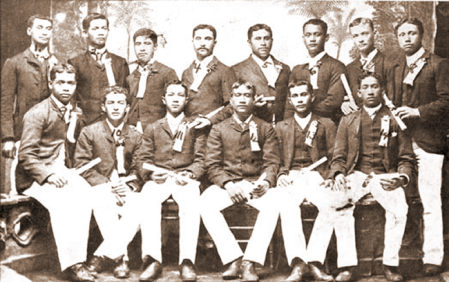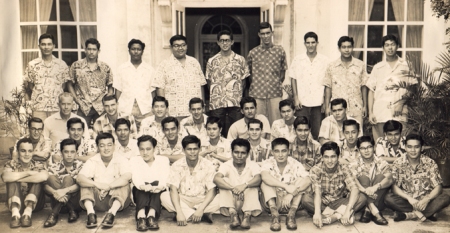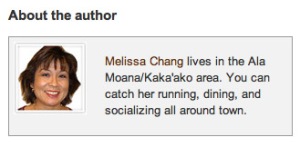Our last post, “How Do You See Yourself?” provoked an amazing response. Nearly a month later, we continue to receive emails and tweets from diametrically opposed camps. Some say we are helping to perpetuate stereotypes by ignoring gross prejudices. Others believe that we as a people must move beyond past grievances and take control of how we see ourselves as well as how others perceive us.
While I won’t go as far as to say we’re perpetuating stereotypes, I will agree that I am more likely than not to excuse political incorrectness from kūpuna. The understanding and wisdom they hold is far greater than any bias they may carry.
.
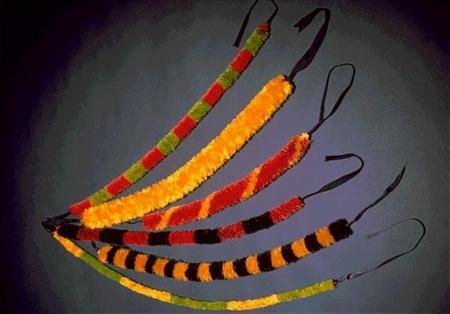
With each passing of a hulu makua (literally feather parent – elder who is precious like beautiful feathers), we lose more of our foundational knowledge. Over the course of millennia, our kūpuna learned from their ancestors and environment, thereby forging an incredible culture that continues to thrive today.
However, for the Hawaiian culture to endure that knowledge must be transmitted and we must be the willing recipients of our kūpuna’s insight.
Nāna i wawaele i ke ala, ma hope aku kākou – He cleared the way, we came later
With this in mind, Kamehameha Schools’ Hawaiian Cultural Center Ka‘iwakīloumoku thankfully put together a program that provides our entire community with the opportunity to hear and honor the voices of our kūpuna.
Jamie Fong Coordinator of Ka‘iwakīloumoku and Nā Momi Ho‘oheno – the oral Hawaiian history series –shares, “In this fast changing world, the cherished mo‘olelo [stories] of our kūpuna and cultural practitioners can easily be lost and forgotten. Our goal is to capture some of these precious stories and to share them with current and future generations.”
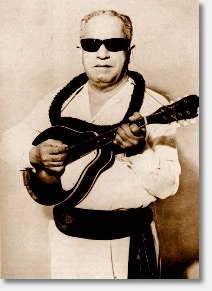 The series began in January with the incredible story and music of Johnny Kameaaloha Almeida, one of Hawai‘i’s greatest composers. Called of the “Dean of Hawaiian music,” Almeida’s remarkable use of the Hawaiian language and “pure Hawaiian” melodies continue to move us more than a century after his birth.
The series began in January with the incredible story and music of Johnny Kameaaloha Almeida, one of Hawai‘i’s greatest composers. Called of the “Dean of Hawaiian music,” Almeida’s remarkable use of the Hawaiian language and “pure Hawaiian” melodies continue to move us more than a century after his birth.
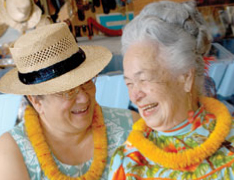 On Wednesday, February 18th on the Kapālama Campus, Nā Momi Ho‘oheno will present a short film on two master feather artists, the late Mary Lou Kekuewa and her daughter Paulette Kahalepuna. Known as the “Queen of Feathers,” Aunty Mary Lou and her protégé Paulette have shared the artistry of Hawaiian featherwork with generations of limahana hulu. Paulette will also be on hand with a demonstration of the artform to which she and her mother have dedicated their lives. The public is welcome and admission is FREE.
On Wednesday, February 18th on the Kapālama Campus, Nā Momi Ho‘oheno will present a short film on two master feather artists, the late Mary Lou Kekuewa and her daughter Paulette Kahalepuna. Known as the “Queen of Feathers,” Aunty Mary Lou and her protégé Paulette have shared the artistry of Hawaiian featherwork with generations of limahana hulu. Paulette will also be on hand with a demonstration of the artform to which she and her mother have dedicated their lives. The public is welcome and admission is FREE.
In the coming months Ka‘iwakīloumoku will host other events promoting Nohona Hawai‘i, Hawaiian ways of living and learning. In March, the oral history series will continue with a short film on Haili’s Hawaiian Foods, the famous eatery located at the Ala Moana fish market. Founded more than 60 years ago by Peter and Rachel Haili, today their daughters carry on the family’s rich Hawaiian culinary traditions. In coming months, we can look forward to programs such as Nā Lani ‘Ehā – the music of the four ali‘i Kalākaua, Lili’uokalani, Leleiohoku and Likelike – and an offering from our Māori cousins called “He Reo Aroha.”
For more information, please contact Ka‘iwakīloumoku at 842-8655 or email them at jafong@ksbe.edu.
As Jamie so eloquently put it, “I’m humbled that kūpuna would entrust Ka‘iwakīloumoku with their precious life stories. We owe it to them to portray their mo‘olelo with accuracy and integrity, so that their stories will live on for generations to come.”

